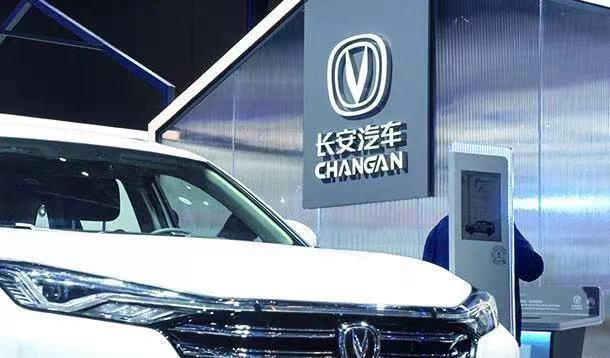金融街老李
Long-term Auto’s Q1 report exceeded everyone’s expectations, and Long-term Auto’s 2022 is also likely to exceed everyone’s expectations.
On the evening of April 28th, Long-term Auto announced its Q1 report for 2022, which exceeded the industry’s expectations: Long-term Auto achieved revenue of 34.576 billion yuan in the first quarter of 2022, an increase of 7.96% YoY, and net profit reached 4.536 billion yuan, an increase of 431.45% YoY. Non-GAAP net profit turned from losses to gains, reaching 2.269 billion yuan, an increase of 215.24% YoY.
After the Q1 report was released, despite the May Day holiday, A-share Long-term Auto still completed two daily limit ups. During the holiday, Old Li also participated in multiple conference calls, and many securities companies raised new expectations for Long-term Auto in 2022, changing the “state-owned enterprise anxiety” in the past.
Long-term Auto has always been the best domestic brand among state-owned auto companies, without question. However, in recent years, with the development of electrification and intelligence, Long-term Auto has not had much response in the industry and capital market. This Q1 report is a “surprise”. Today, Old Li will discuss with you the secret of Long-term Auto’s Q1 report growth, the “three new strategies” of Long-term Auto, and why Long-term Auto has created a benchmark for “state-owned enterprise” user orientation.
Secret of Q1 report growth
In the past few years, Long-term Auto has been laying out the new energy vehicle sector, but compared with new energy vehicle leaders such as BYD, Long-term Auto’s 2021 financial report was not outstanding. It was not until the Q1 report of 2022 that Long-term Auto tasted the “new energy vehicle” sweet spot for the first time.
The two indicators of “revenue” and “net profit attributable to shareholders of the parent company” in Long-term Auto’s Q1 report greatly exceeded industry expectations. The net profit of 4.54 billion yuan and the increase rate of 431.5% YoY are the fundamental reasons for Long-term Auto’s consecutive daily limit-ups. In the first quarter, the net profit of 4.54 billion yuan ranked second among all A-share auto companies.
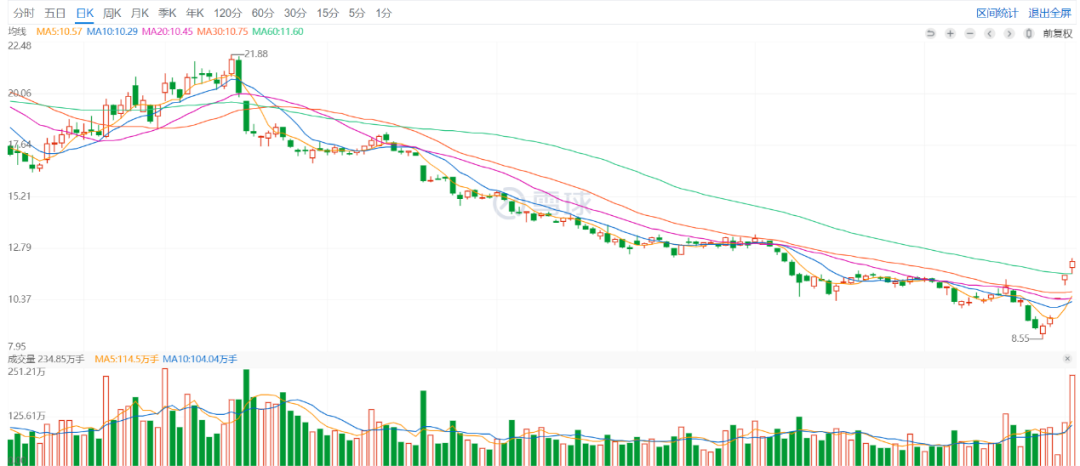
Regarding the reason why net profit increased by more than four times, Long-term Auto explained that because the company added a large amount of non-recurring gains and losses in the first quarter, that is, Long-term Auto transferred the equity of its subsidiary Avita Technology Company, and its assessment result was used as the basis for accounting. With this item alone, Long-term Auto’s net profit in Q1 2022 reached 2.13 billion yuan.The outstanding performance of Chang’an Automobile is reflected in a non-net profit attributable to shareholders of RMB 2.27 billion, which is still an increase of 215.2% compared to the previous year, even if investment income from joint ventures such as AVIC is excluded. Among the independent brands, Chang’an Automobile ranks second only to SAIC Group, and investment income from joint ventures was RMB 110 million, down 60.8% YoY. The net profit attributable to Chang’an Automobile decreased to RMB 2.16 billion, an increase of 391.2% YoY, and the gross profit margin increased from last year’s 16.64% to 18.21%.
Chang’an Automobile’s excellent sales performance is the main reason for this business performance. Its Q1 revenue was RMB 34.576 billion, ranking third among A-share listed automakers, behind SAIC and BYD in first and second rankings. Corporate revenue is a reliable financial indicator, and a car company’s revenue can only be increased by expanding sales. Chang’an Automobile’s Q1 performance was essentially due to its strength in fuel vehicle sales, and it was one of the rare independent brands to experience growth, along with BYD representing new energy and Chang’an Automobile representing traditional fuel vehicles.
It is well known that the domestic automobile market, particularly the fuel vehicle market, has been a challenging environment this year, as the COVID-19 pandemic has partly restricted demand and the production of key regions has stalled due to a new round of pandemic restrictions, with overall automobile production and sales also affected by component shortages.
Despite these harsh conditions, Chang’an Automobile’s overall sales exceeded 650,000 units in the first quarter. Among them, sales of Chinese branded vehicles in the Chang’an series exceeded 529,000, an increase of 0.7% or 7,000 units, with all three submarkets of sedans, SUVs, and new energy performing well. In the most difficult month of March, Chang’an Automobile’s sales exceeded 236,100 units, an increase of 4.3% YoY, while production increased by 9.28% to 226,700 units.
Looking at specific vehicle series, in the sedan market, the Chang’an Eado series sold over 20,000 units, an increase of 34.8% YoY, successfully entering the top ten sedan list. In the SUV market, the Chang’an CS75 and CS55 series sold 22,811 and 17,176 units respectively, driving overall sales. The Chang’an Auchan X5 series reached 12,812 units, an increase of 17.6% YoY.
In fact, we can see from the data that almost all of Chang’an’s growth is driven by traditional fuel vehicles, and although new energy vehicles have received a lot of attention, their production and sales are not high. The fact that fuel vehicle sales can maintain double-digit growth during Q1 is not accidental, but rather the best indication of a company’s product strategy and competitiveness.
The “three new strategies” have shown initial results.In “Why Changan Automobile is Likely to Reverse First,” Lao Li mentioned that the secondary market for the automotive sector is very clear-cut. From a financial report perspective, Changan Automobile is the most challenging among state-owned enterprises: compared to SAIC and GAC, the joint ventures of Changan Ford and Changan Mazda have lower volume and profit margins, and the two have been adjusting and experiencing turbulence over the past two years. In terms of financial reports, the two companies are “lagging behind”.
To do well in Changan Automobile’s financial report, efforts need to be made in the independent brand sector. For more than a decade, Changan Automobile has always been the leader in the independent sector. Until 2016, Changan Automobile had been painstakingly operating in the independent sector.
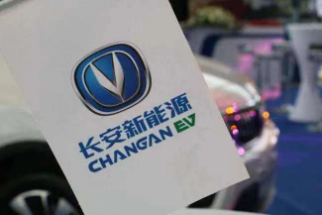
Afterwards, when many state-owned enterprises aggressively expanded into the new energy sector, Changan Automobile encountered a trough in the “fuel vehicle” market. From 2017 to 2020, Changan Automobile’s operations were not outstanding. In the field of fuel vehicles, independent brands such as Geely and Great Wall Motor have been competing back and forth, always suppressing Changan Automobile. In the new energy field, companies such as BYD, SAIC, and GAC have been at the forefront of the wind due to technical and geographical advantages.
At an internal meeting in 2017, Zhu Huarong proposed to maintain the first-mover advantage of fuel vehicles and strive for a latecomer advantage in new energy, and around this strategic goal, Changan Automobile launched a series of internal reforms. Some secondary market analysts like to call it the “Three-New Strategy” – new models, new series, and new energy.
Now, it is easy to understand the “Three-New Strategy” of Changan Automobile in retrospect. New models require the least investment but can ensure basic sales volume, new series require relatively large investment but can reshape the R&D system, and new energy requires the largest investment, but represents the future.

From the perspective of financial reports, new models and new series are actually the most resonant for the secondary market.
Changan Automobile’s new models refer to the “Plus Plan.” As early as before 2016, Changan Automobile had already laid out various segmented markets, but as Geely and Great Wall Motor strengthened their efforts, Changan’s original models were not competitive. To improve product competitiveness, Changan internally developed the “Plus Plan,” which is to improve the original models and create new and old high-low matching. The new series is the well-known “UNI Plan” of Changan Automobile.In fact, there are two effects brought by new car models and series: first, an increase in sales, and second, an increase in gross profit margin. As for the increase in sales, I won’t go into too many details. Instead, I’ll share with you mainly from the perspective of gross profit margin. The so-called increase in gross profit margin is essentially “reducing costs and increasing prices”. There are many ways to reduce costs, such as the increase in production and sales scale, which can dilute the R&D costs per vehicle.
In the first quarter report of 2022, the per-vehicle R&D expense amortization of Changan Automobile decreased by 2,600 yuan compared to the previous quarter. The net profit of independent-brand cars reached 5,700 yuan in the first quarter. In fact, with further increase in sales, the marginal profit of independent-brand cars can reach 10,000 to 12,000 yuan, which basically represents the highest level of single-car profit of independent brands in the past five years.
Although new energy vehicles are popular, Changan Automobile is still a latecomer on this stage. Whether it is independent high-end or Wia EV, no one can add luster to the financial report, so in the past few years, Changan Automobile has always adopted a joint venture or joint operation method, and the new energy sector has always been separated from the listed company until the first quarter report this year, which finally impressed everyone.
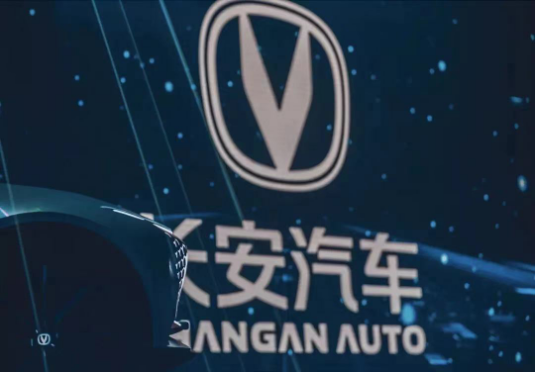
User Needs as Market Direction
From the perspective of company management, the simultaneous development of gasoline vehicles and new energy vehicles is a strategic issue of Changan Automobile. The “Three-New Strategy” is essentially a tactical issue. Whether tactical execution can be applied to the market depends on whether enterprises take user needs as the market target. What are the user needs? Simply put, the vehicle level needs to meet user needs, the delivery cycle needs to be user-friendly, and the use of the vehicle needs to satisfy users.
It is not easy to achieve the above three aspects, especially when the current market demand is diversified. This means that enterprises must cater to the market at a faster pace. In the past two years, Changan Automobile has achieved rapid development in the field of gasoline cars, and its focus in the field of gasoline cars in the future will mainly be on hybrid models: the Blue Whale iDD hybrid system will also gradually be installed in the existing gasoline car models, and the UNI series will be equipped with PHEV versions across the board.
According to Changan Automobile’s internal strategy, starting this year, new energy will be the main direction. With the introduction of the all-new EPA platform and the high-end CHN platform, the import speed of Changan Automobile’s new energy products will accelerate. The small car, Changan LUMIN, and the compact car, C385, based on the EPA platform, will be launched in the third quarter, and the C673 is expected to be launched in the fourth quarter. The Avita 11, based on the high-end CHN platform, will also achieve first batch of mass production and user delivery in the third quarter.From a layout perspective, the product matrix of Changan Automobile’s new energy launch year is very complete: from A00 to B levels, from sedans to SUVs, covering almost all sub-segments of the market, thereby meeting the needs of various vehicle levels.
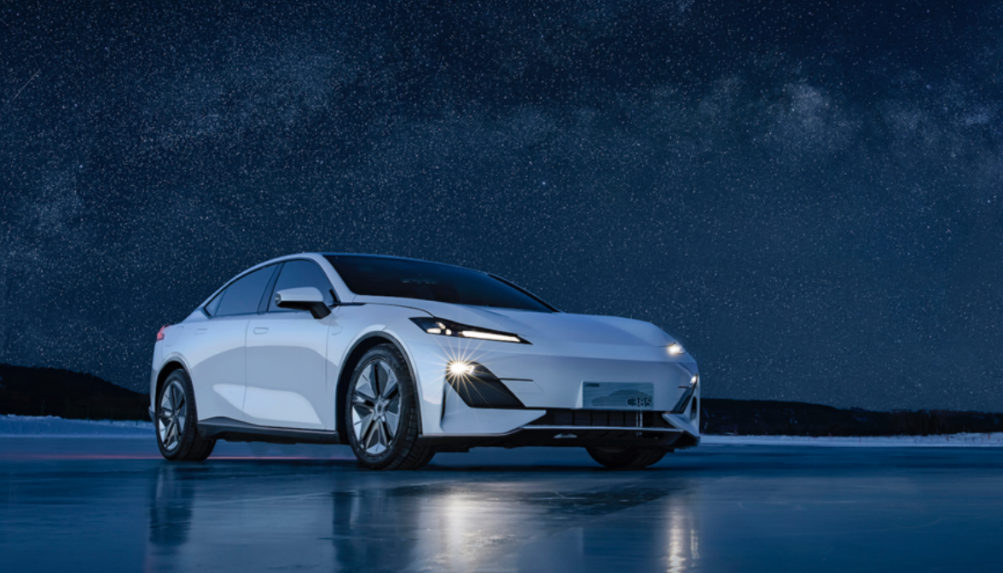
Next is the issue of delivery speed, currently, almost all vehicle manufacturers are facing the problem of “chip and battery shortages”, but Changan Automobile has done relatively well in controlling delivery issues.
Due to Changan’s scattered chip suppliers, it faces more pressure from supply disruptions than other companies. To address this, Changan has launched a mechanism of on-site procurement by top-level management, arranged on-site offices for company leaders to ensure supplies, and coordinated scarce chip supply, while actively building up material reserves and rapidly developing alternative chips to minimize the impact of supply chain fluctuations on production.
In terms of delayed product deliveries due to the epidemic, Changan has also implemented a differentiated service, such as the new UNI Service provided by the UNI family, which offers compensation for delays. Compared with many other car products that charge extra fees for such services, the implementation of such services in the automotive industry is rare and fits well with Changan’s offering.
In the short term, Changan Automobile’s pure electric brands, Deep Blue and Avita, along with the UNI series, CS series, and Oushang brand of fuel vehicles, will continue to move upwards in the branding hierarchy. While in the long term, with Changan’s strengthened core technology research and development, as well as the launch of more than 30 new products, the goal of “total sales of 4 million vehicles by 2025, including 3 million Changan-branded vehicles, and over 1.05 million new energy vehicles, with a percentage share of 35%,” is not unachievable.
Compared with Changan Automobile’s long-term strategy, the secondary market is more short-sighted. At least in 2022, Changan Automobile’s reversal seems promising.
This article is a translation by ChatGPT of a Chinese report from 42HOW. If you have any questions about it, please email bd@42how.com.
